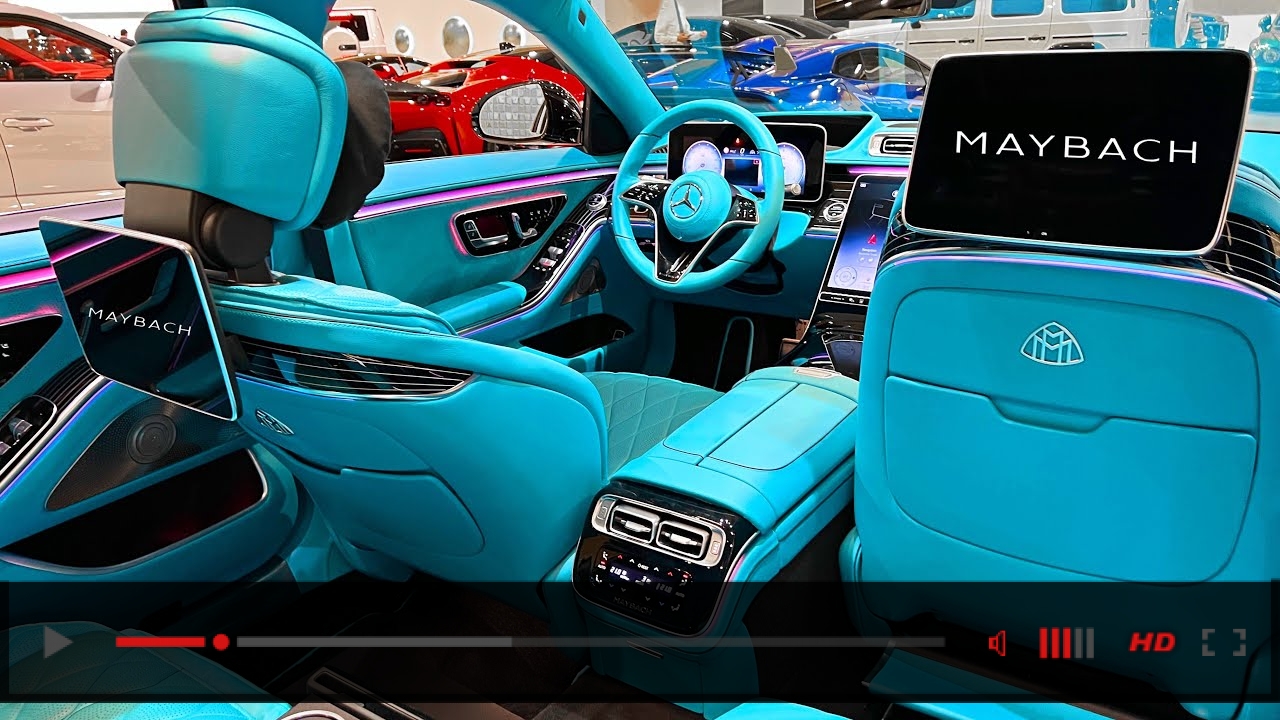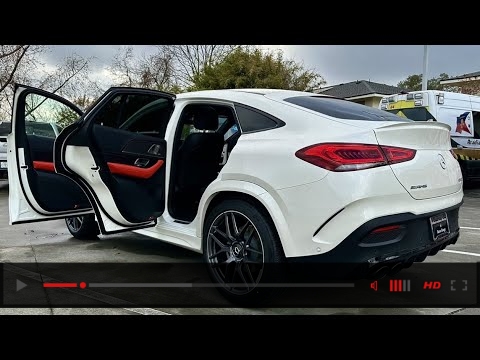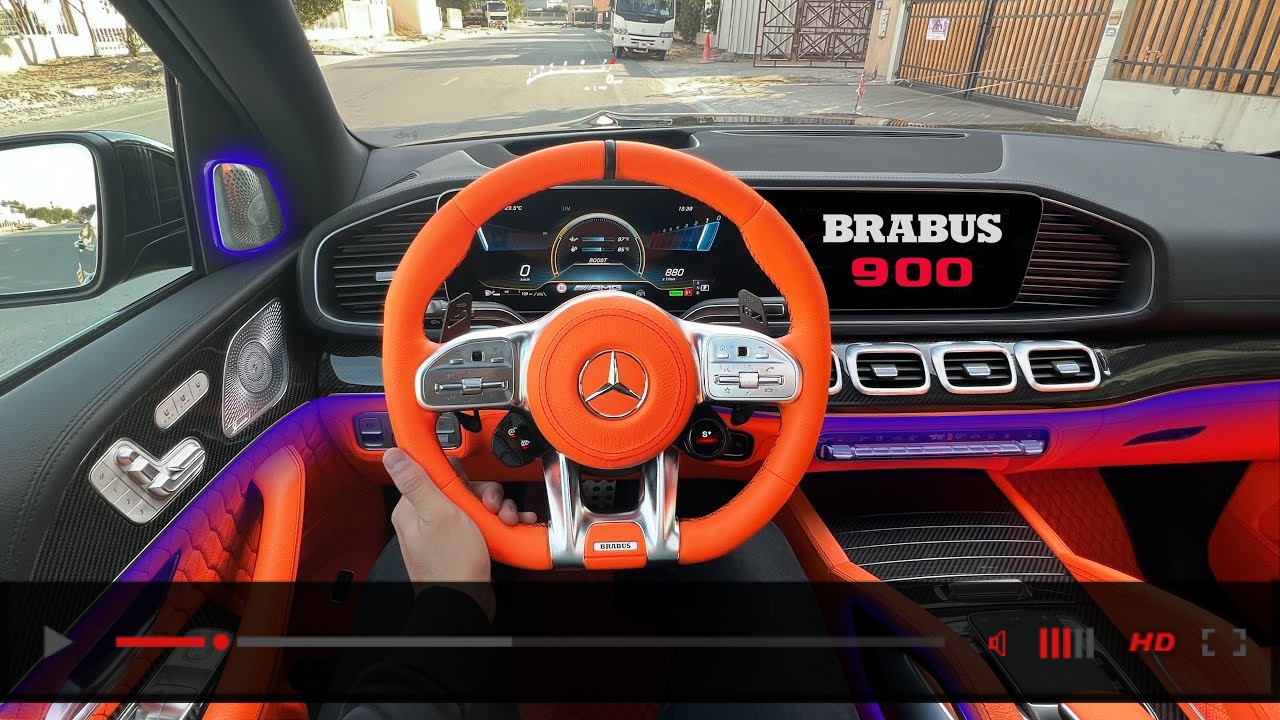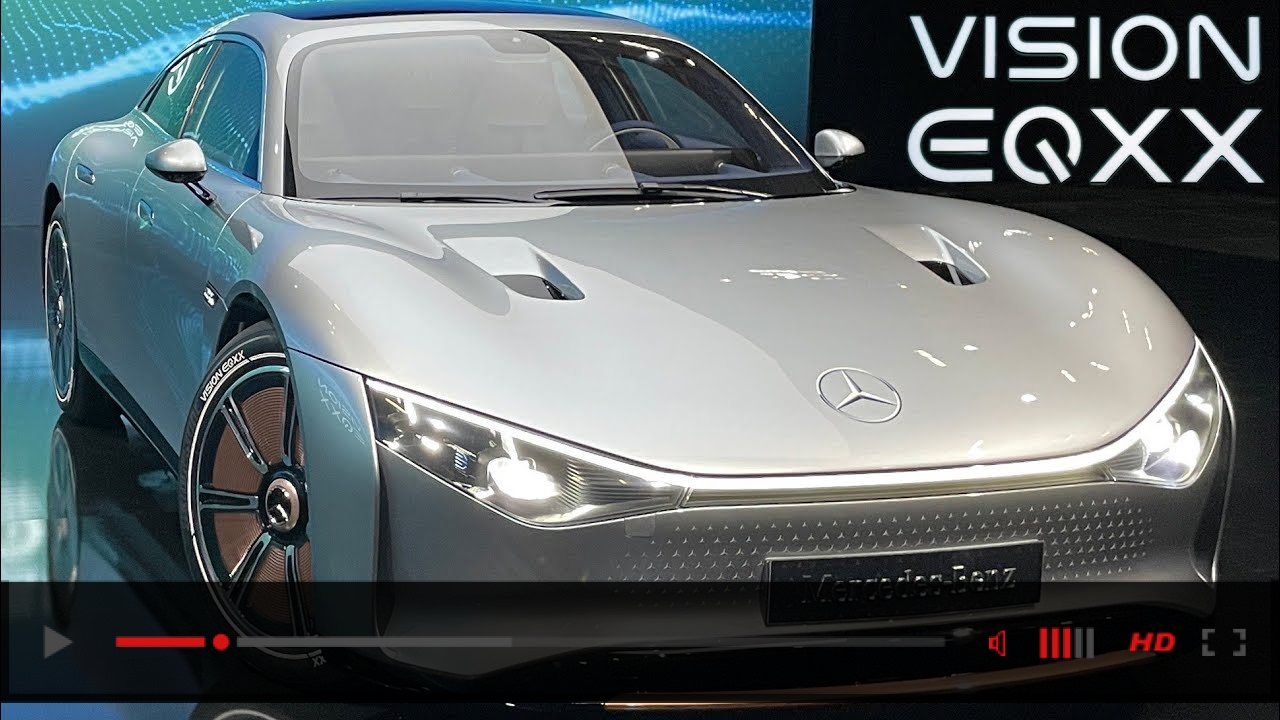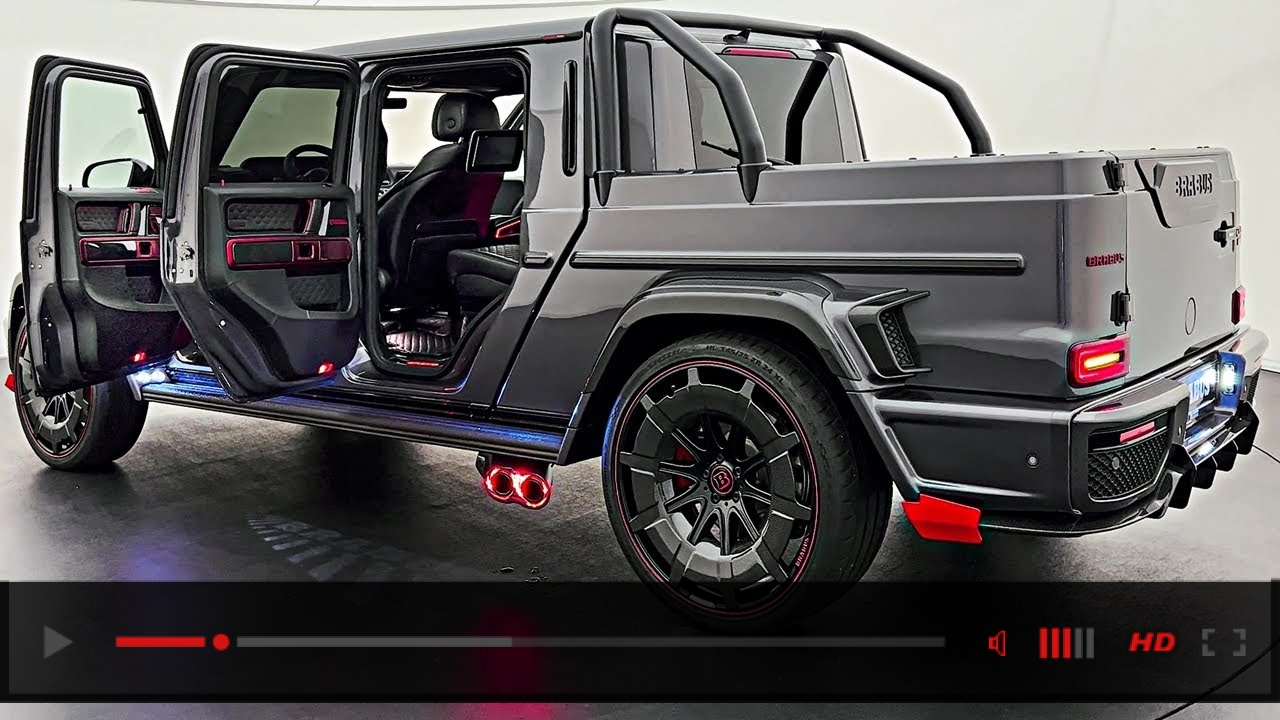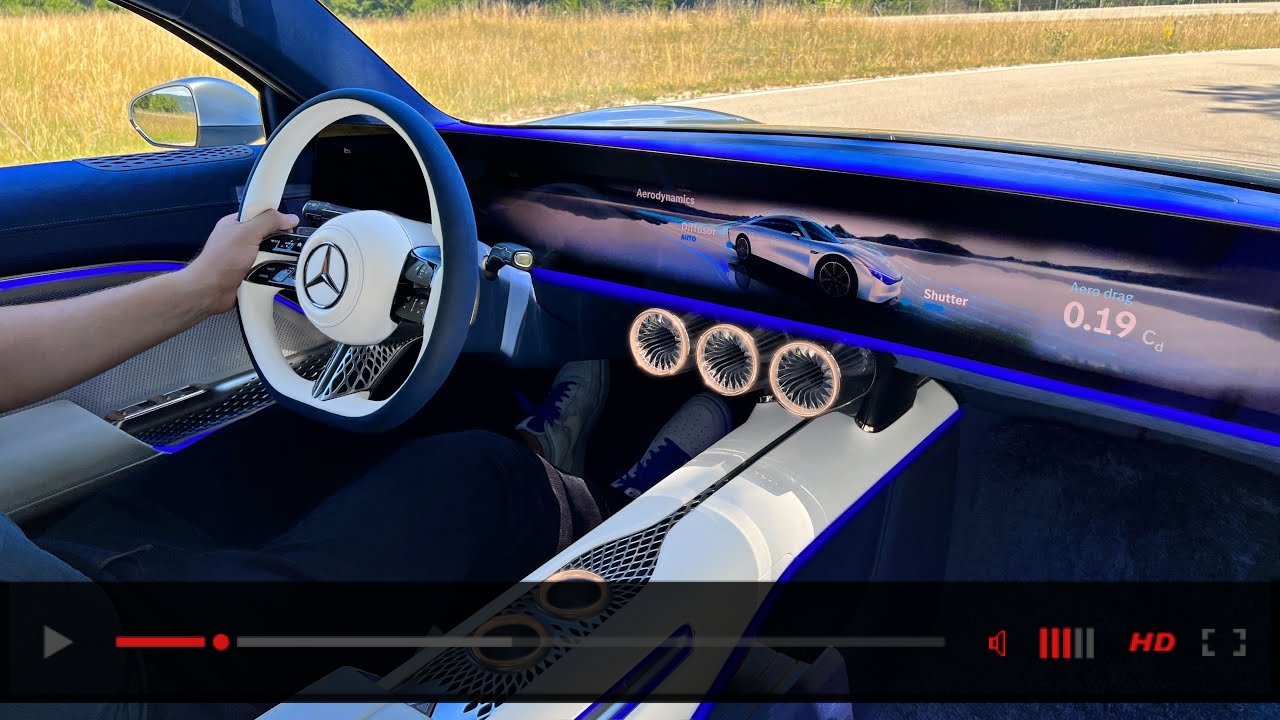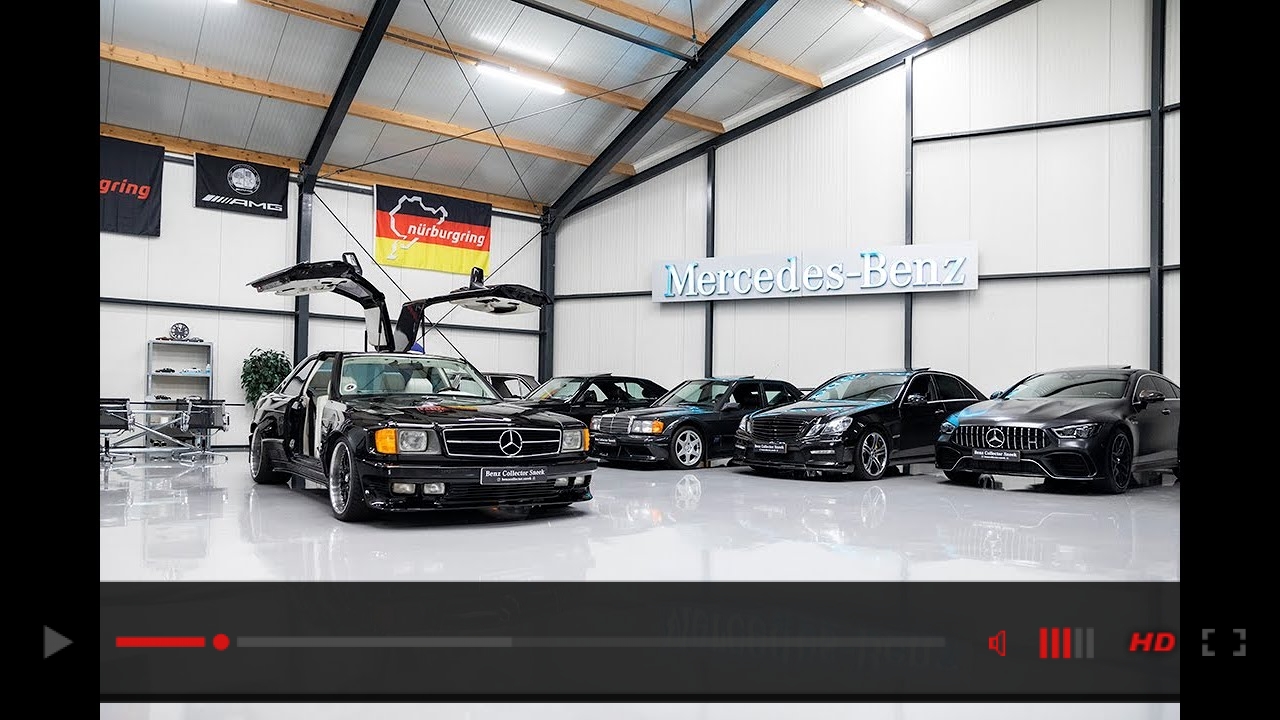In 1996, the new W210 E class was presented by Mercedes Benz, with a level of engineering considered revolutionary for the mid-1990s. Compared to the boxy and squared-off design of its predecessors, it introduced a fresh approach, resulting in a low drag coefficient of 0.27 – comparable to the Mercedes Benz CLA class, introduced in 2013, which has a value of 0.3.
Mercedes Benz E55 AMG W210 was launched in 1998 to rival the BMW M5. It had a 5,439cc naturally aspirated V8 engine producing 260kw/354hp and an enormous (for its time) 530Nm/390lb ft of torque, which propelled the car from 0 to 100kph in 5.4 seconds. The W210 E55 was produced from 1998 until 2002, with a facelift model introduced in 2000. In total, just under 12,000 vehicles were produced.
The W210 E class was designed by Steve Mattin, under the supervision of the legendary Head of Styling at Daimler Benz, Bruno Sacco. It was one of the last designs of a Mercedes-Benz model that Sacco was involved in (Sacco worked for Daimler Benz for just over four decades, from 1958-1999).
The E55 AMG was developed by AMG while it was still a fully independent company. DaimlerChrysler AG acquired a controlling stake in AMG in early 1999, and six years later in 2005, they became the full owner of AMG (of what is now called Mercedes-AMG GmbH). The W210 E55 AMG was the very first Mercedes-Benz model to called “55 AMG” (followed by models such as the SL55 AMG, S55 AMG, ML55 AMG, CLK 55 AMG, C55 AMG, CL55 AMG, G55 AMG and the CLS55 AMG).
The E63 AMG was the refreshed high-performance model of the W211, replacing the E55 AMG. Besides the Saloon, it was also offered in the Estate body style similarly to the E55 AMG estate model to compete with the new wagon versions of the BMW M5 (E61) and Audi RS6 (C6), though those two high-performance wagons were never sold in North America.
This engine had a high-pressure die-cast alloy cylinder block with twin-wire arc spray coated running surfaces. Compression ratio is 11.3:1. According to many auto journalists, the E63 AMG was one of the quickest production sports sedans in the world. Both the sedan (saloon) and wagon had a 0–60 mph (97 km/h) acceleration time of 4.3 seconds. Compared to the previous E55 AMG, the E63 AMG had more horsepower but less torque, enabling it to be mated to the newer 7G-Tronic automatic transmission.
While the E500 and E550 had the standard Mercedes Airmatic DC suspension with adaptive damping, the E63 AMG had the AMG-tuned Airmatic suspension which with the stability control turned off gave it far better driving dynamics than its non-AMG predecessors.
The AMG Performance package P030 added electronic speed limiter deletion, limited-slip rear differential, Alcantara sports steering wheel, stiffer valving Airmatic suspension over the standard AMG tuned Airmatic, AMG 18 in (457 mm) 5-spoke multi-piece wheels, and optional AMG carbon fibre trim.

